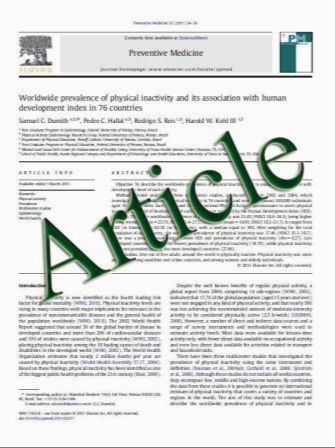Retrospective analysis of orbital floor fractures—complications, outcome, and review of literature
- نوع فایل : کتاب
- زبان : انگلیسی
- مؤلف : Martin Gosau ,Moritz Schِneich ,Florian G. Draenert ,Tobias Ettl ,Oliver Driemel ,Torsten E. Reichert
- چاپ و سال / کشور: 2010
Description
This retrospective study aimed at investigating indications, surgical approaches, and the materials used for orbital floor reconstructions, as well as the clinical followup, particularly with regard to postoperative complications. This study comprised 189 patients who underwent surgery for fractures of the orbital floor between 2003 and 2007. Diagnosis and treatment were based on both physical examination and computed tomography scan of the orbit. Patients were retrospectively analyzed for data, such as mechanism of injury, classification of fracture, and complications. The most common cause of injury was physical assault followed by traffic accidents. Surgery was conducted with a mean delay of 2.9 days after the incident. Mid lower eyelid incision was the most common surgical approach to the orbital floor. For orbital floor reconstruction, polydioxanone sheets (70.5%) were mainly used, followed by Ethisorb Dura (23.3%) and titanium mesh (6.2%). There were 19.0% of patients who showed postoperative complications: 5.8% suffered from persisting motility impairment, 3.7% from enophthalmos, 3.2% from consistent diplopia, 2.6% from ectropion, and 0.5% from orbital infection. Intraorbital hematoma (3.2%) represented the most severe complications, one patient suffered lasting impairment of sight and another one, complete blindness of the affected eye. If postoperative impairment of vision becomes evident, immediate surgical intervention is mandatory. Retrobulbar hematoma is more likely to occur in heavily traumatized patients with comminuted fractures and also in patients taking anticoagulative medication. The subciliary approach to the orbit and repeated operations by the same approach are associated with a higher risk of developing ectropion.
Clin Oral Invest (2011) 15:305–313 DOI 10.1007/s00784-010-0385-y Received: 18 July 2009 / Accepted: 20 January 2010 / Published online: 18 February 2010


